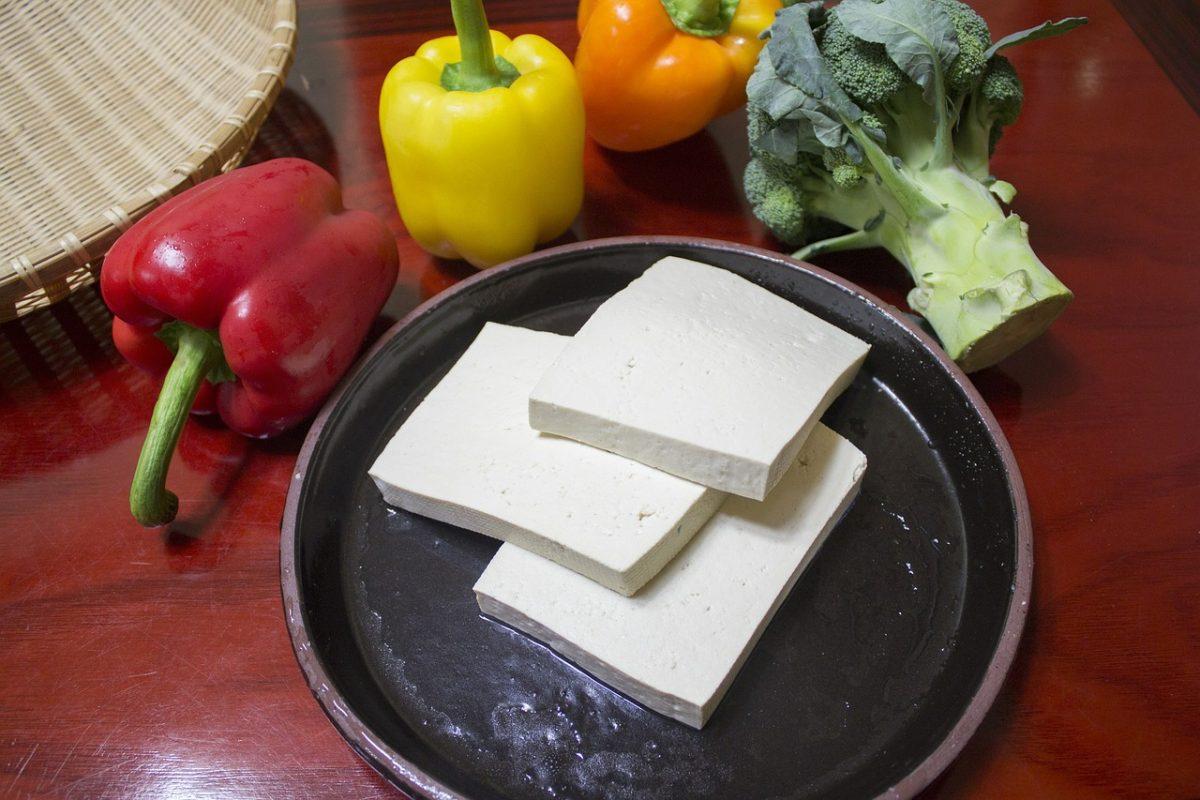There’s a week left to vote for Wellesley to win peta2’s award for “Favorite Vegan-Friendly College.” Wellesley is currently ranked third in the small college division, trailing Wesleyan University, which leads with 184 votes, and Warren Wilson College in second with 91. Wellesley is a decent stretch behind, though, so it’s time to rally the Wellesley community for an easy win and take advantage of the opportunity to discuss how Wellesley can move forward to improve vegan dining on campus.
Although People for the Ethical Treatment of Animals (PETA) and their youth-oriented affiliate peta2 is a flawed organization with a questionable history, I’m not against Wellesley receiving their award. Pragmatically speaking, peta2 has a large platform of readers and it can be used to highlight the good work that the dining staff has been doing to make eating on campus a better experience for vegans. All Wellesley pride aside, peta2’s vegan report cards are a solid start to check in with the overall status of the vegan experience at Wellesley, note areas for improvement and applaud areas of accomplishment.
So, what criteria make a school “vegan-friendly?” Some of the criteria on the card are easy to meet, like “offers non-dairy milk.” Wellesley’s dining halls are usually stocked with vanilla, chocolate, and original soy milk as well as rice milk. Although the availability of any particular flavor of soymilk depends on the day, it means that Wellesley vegans are able to partake in the noble college tradition of eating cereal at all hours.
Other criteria from peta2’s vegan report card that seem straightforward are “labels vegan entrees” and “labels vegan desserts.” Although every vegan on campus has their favorite horror story about food labeling, the fact is that the labels are there to ask questions. Having recently visited a school with fewer vegan options and no labels for vegan or vegetarian food, I finally appreciated how much easier navigating a dining hall is when the food I can eat is easily flagged. Labels mean that I don’t have to corner a busy employee and ask a million questions, so I imagine that all parties are extremely grateful for them.
However, some of peta2’s metrics for determining how vegan friendly a school is are more abstract. “Promotes vegan options” is one of the first that is more complex that the yes-or-no question that peta2 frames it as being. The “Pure” station in Bae Pow Lu Chow dining hall is almost always raw and vegan, and being located immediately at the entrance to the dining hall, it definitely seems like it’s being promoted above other options.
With that said, there are definitely more steps that AVI Fresh could take if they really wanted to embrace the idea of promoting vegan options. The most obvious vehicle for such a promotion would be a “meatless Monday” or “vegan feast” special event that converted a dining hall that normally serves meat into a vegetarian dining hall for the night. Even if the event were held in two dining halls, there would still be three dining halls serving meat entrees for those who choose not to partake.
The criterion that I found most valuable, though, was one that I suspect AVI Fresh meets only by accident: “includes a vegan member on its student advisory board.” Because vegans on campus have a clear interest in better food labeling and offering more vegan options, they are more likely to take the food representative position offered through House Council. I would love to see vegan student involvement with AVI Fresh become more official someday. Meeting individuals face-to-face to understand why they eat vegan instills more respect for the choice than just receiving a comment card wishing there wasn’t honey in the peanut butter, and would be a more fundamental change in dining culture than just making the entree again, but with tofu.
Photo Courtesy of Creative Commons




